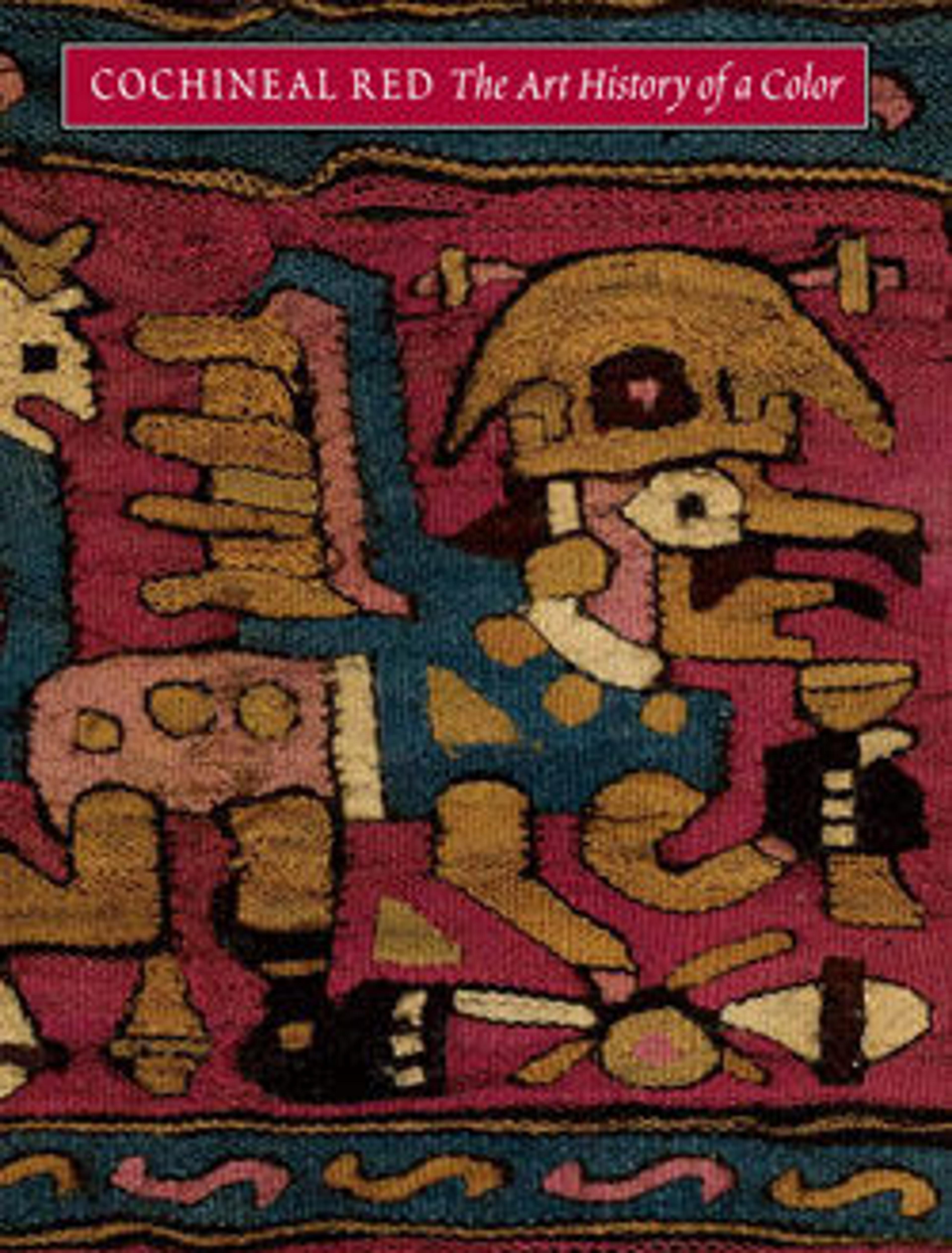Allegory of Water (Neptune Rescuing Amymone)
George William, sixth earl of Coventry, commissioned this set of tapestries (58.75.2–.13) in Paris in 1763 for the tapestry room at his country seat, Croome Court (Worcestershire), which was then being remodeled by Robert Adam. The resulting ensemble was the first weaving of this design with a crimson background and it may have been the first made specifically to extend around all four walls of a room without architectural frames. The harmonious and decorative quality of the ensemble was enhanced by the provision of en suite furniture covers. The set, comprising twelve pieces of wall covering and thirty-three pieces of furniture upholstery, was delivered and in place by January 1771. This particular tapestry shows the element Water or Neptune rescuing Amnymone in the medallion based on a painting by François Boucher.
Artwork Details
- Title: Allegory of Water (Neptune Rescuing Amymone)
- Designer: General conception by Jacques Germain Soufflot (French, Irancy 1713–1780 Paris)
- Designer: Pictorial medallions designed by François Boucher (French, Paris 1703–1770 Paris)
- Designer: Alentours designed by Maurice Jacques (French, 1712–1784)
- Maker: Low-warp workshop of Jacques Neilson (French, 1714–1788)
- Manufactory: Manufacture Nationale des Gobelins (French, established 1662)
- Patron: Commissioned for George William Coventry, 6th earl of Coventry (Croome Court, Worcestershire, England)
- Date: designed 1758–67, woven 1764–71
- Culture: French, Paris
- Medium: Wool, silk (22-24 warps per inch, 9-10 per cm)
- Dimensions: 10 × 17 ft. (304.8 × 518.2 cm)
- Classification: Textiles-Tapestries
- Credit Line: Gift of Samuel H. Kress Foundation, 1958
- Object Number: 58.75.3
- Curatorial Department: European Sculpture and Decorative Arts
More Artwork
Research Resources
The Met provides unparalleled resources for research and welcomes an international community of students and scholars. The Met's Open Access API is where creators and researchers can connect to the The Met collection. Open Access data and public domain images are available for unrestricted commercial and noncommercial use without permission or fee.
To request images under copyright and other restrictions, please use this Image Request form.
Feedback
We continue to research and examine historical and cultural context for objects in The Met collection. If you have comments or questions about this object record, please contact us using the form below. The Museum looks forward to receiving your comments.
